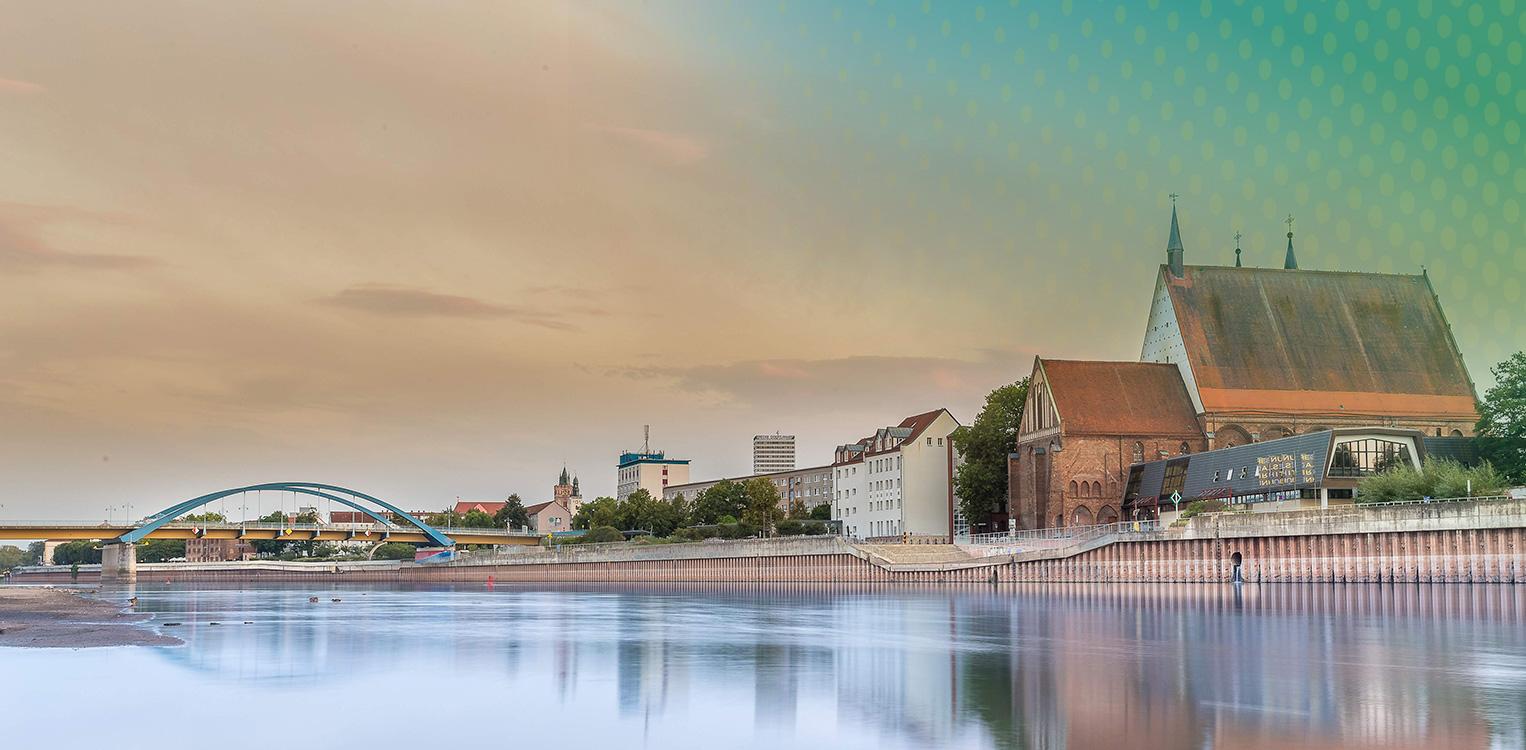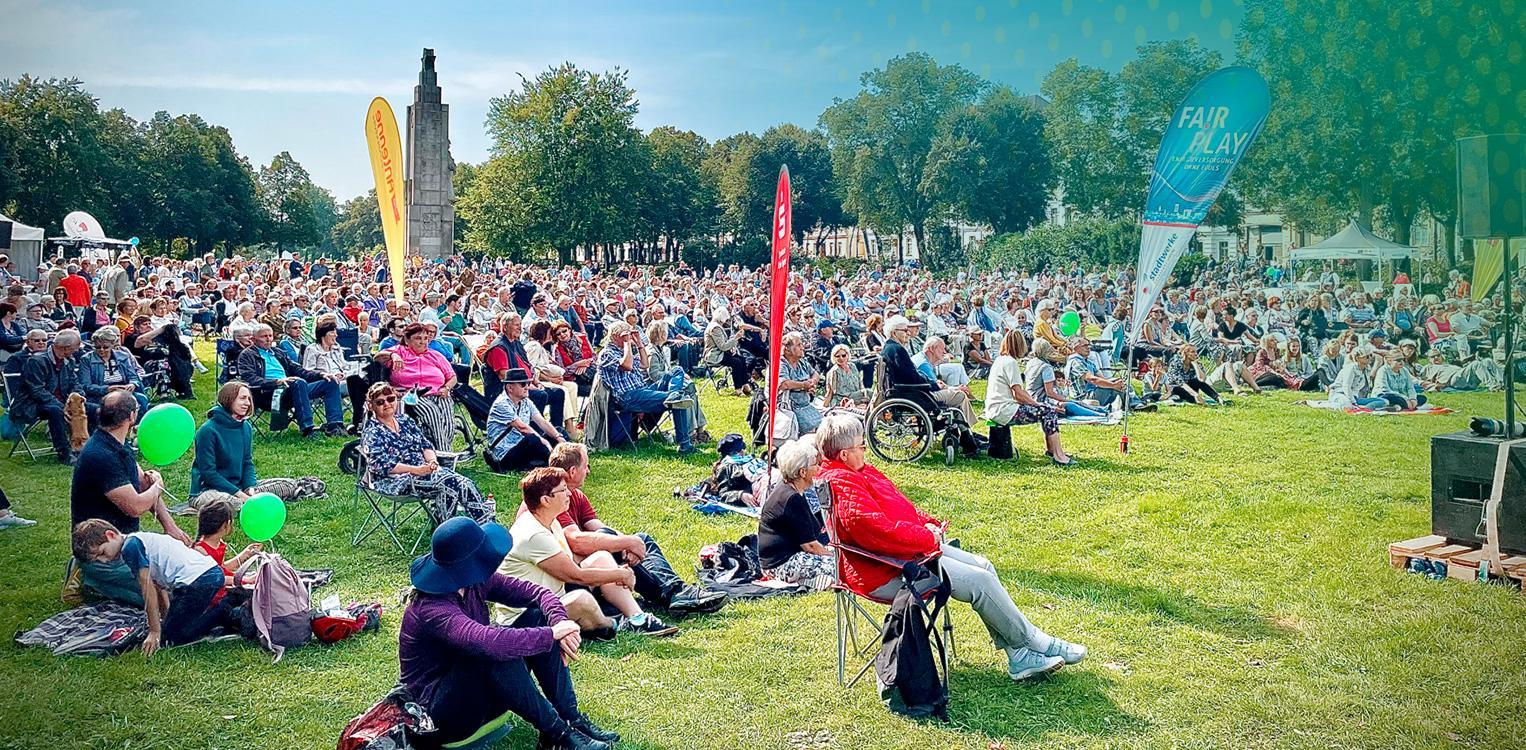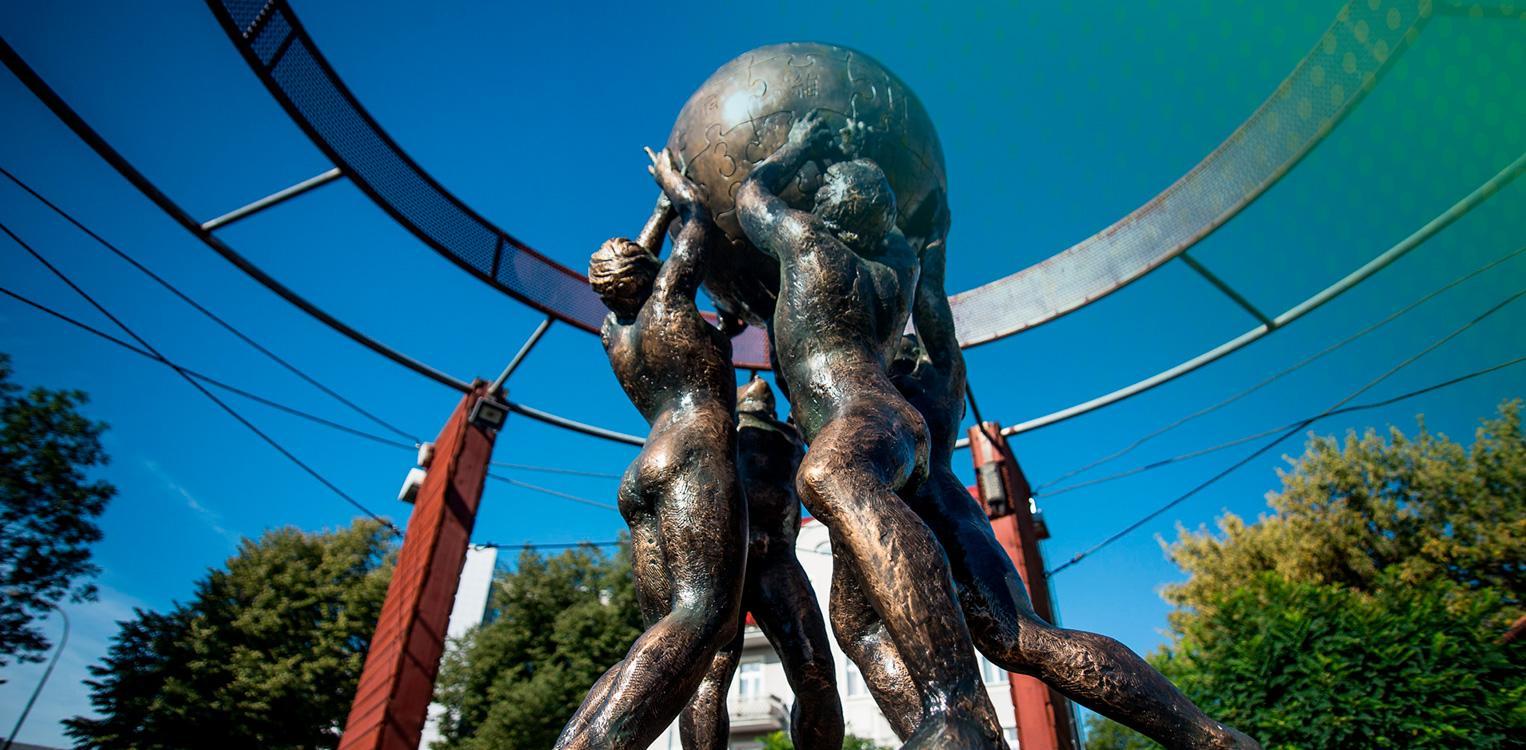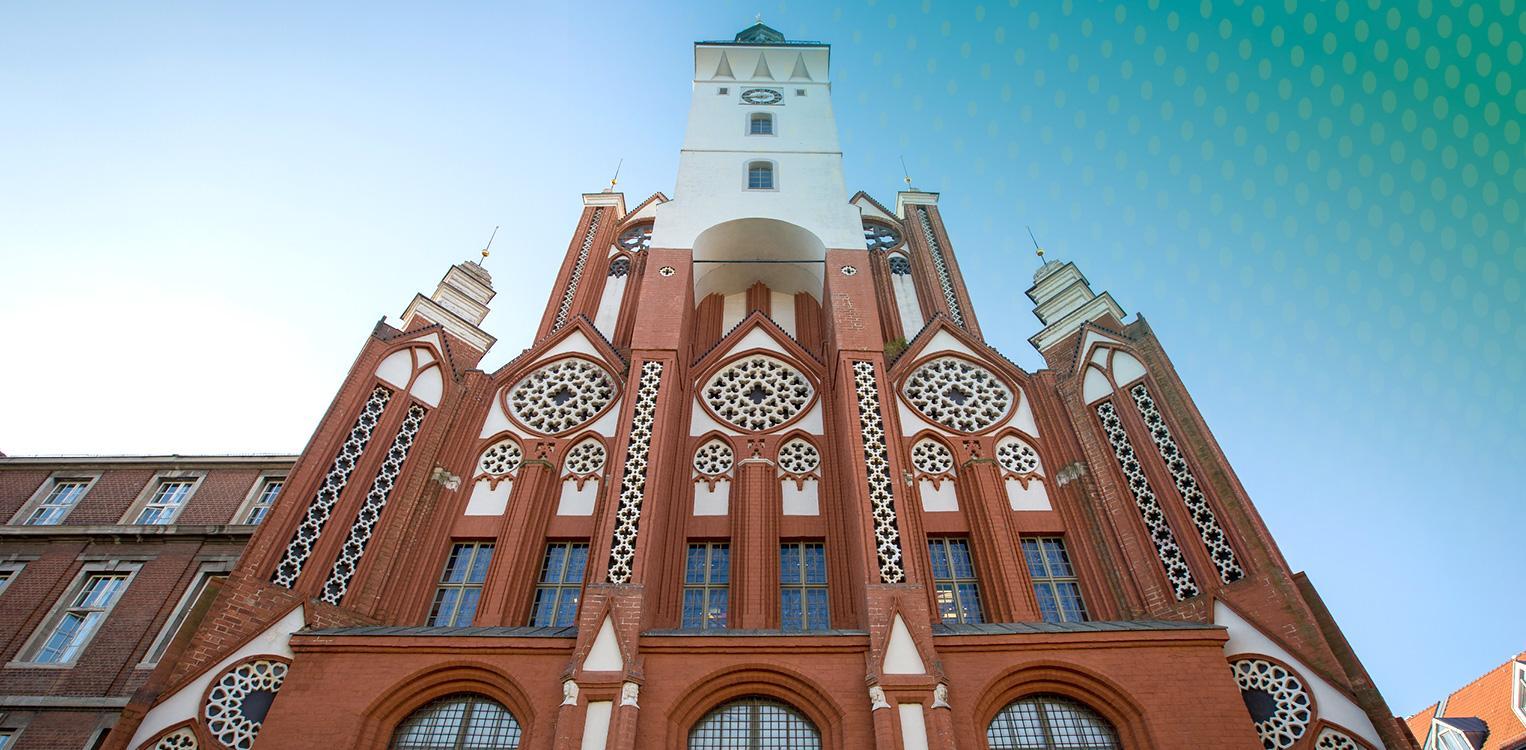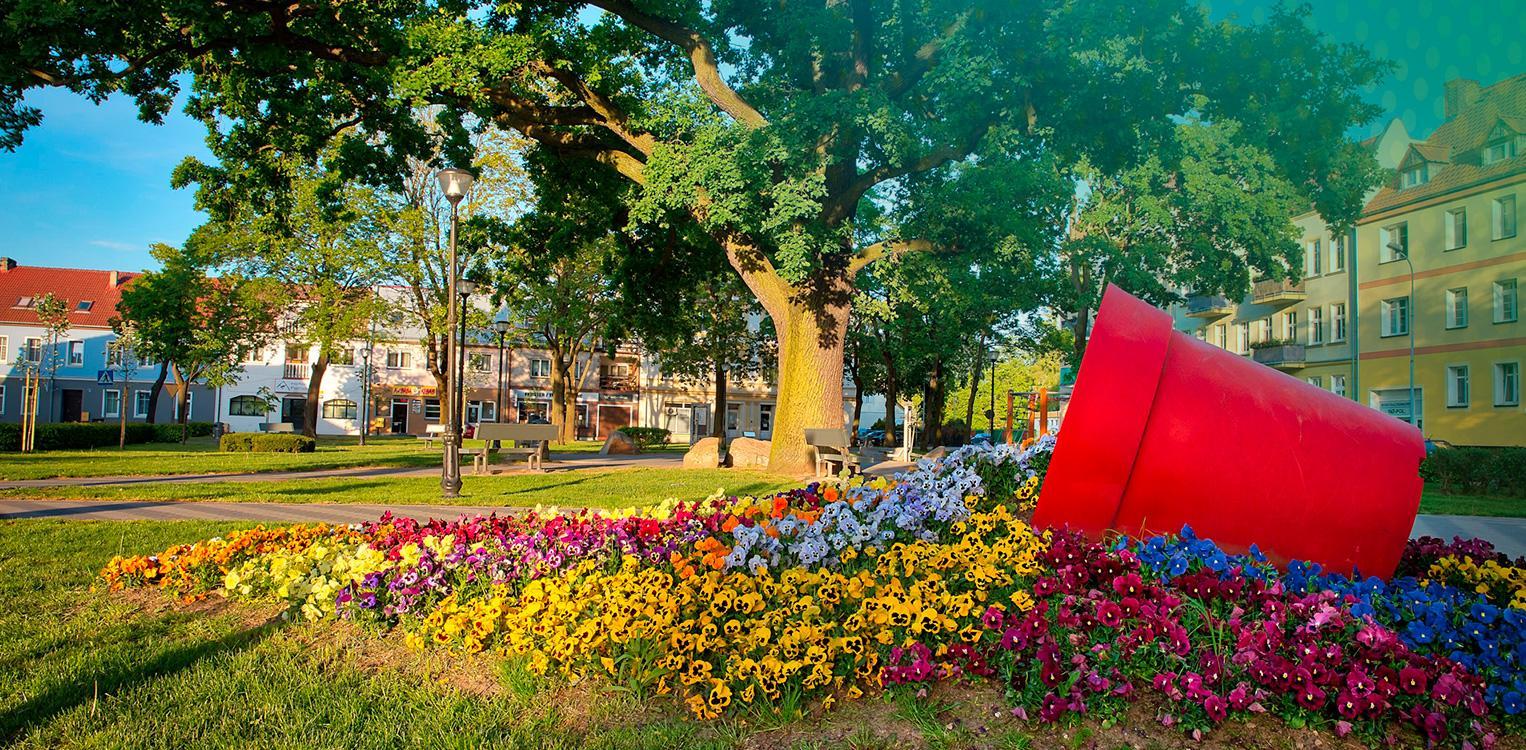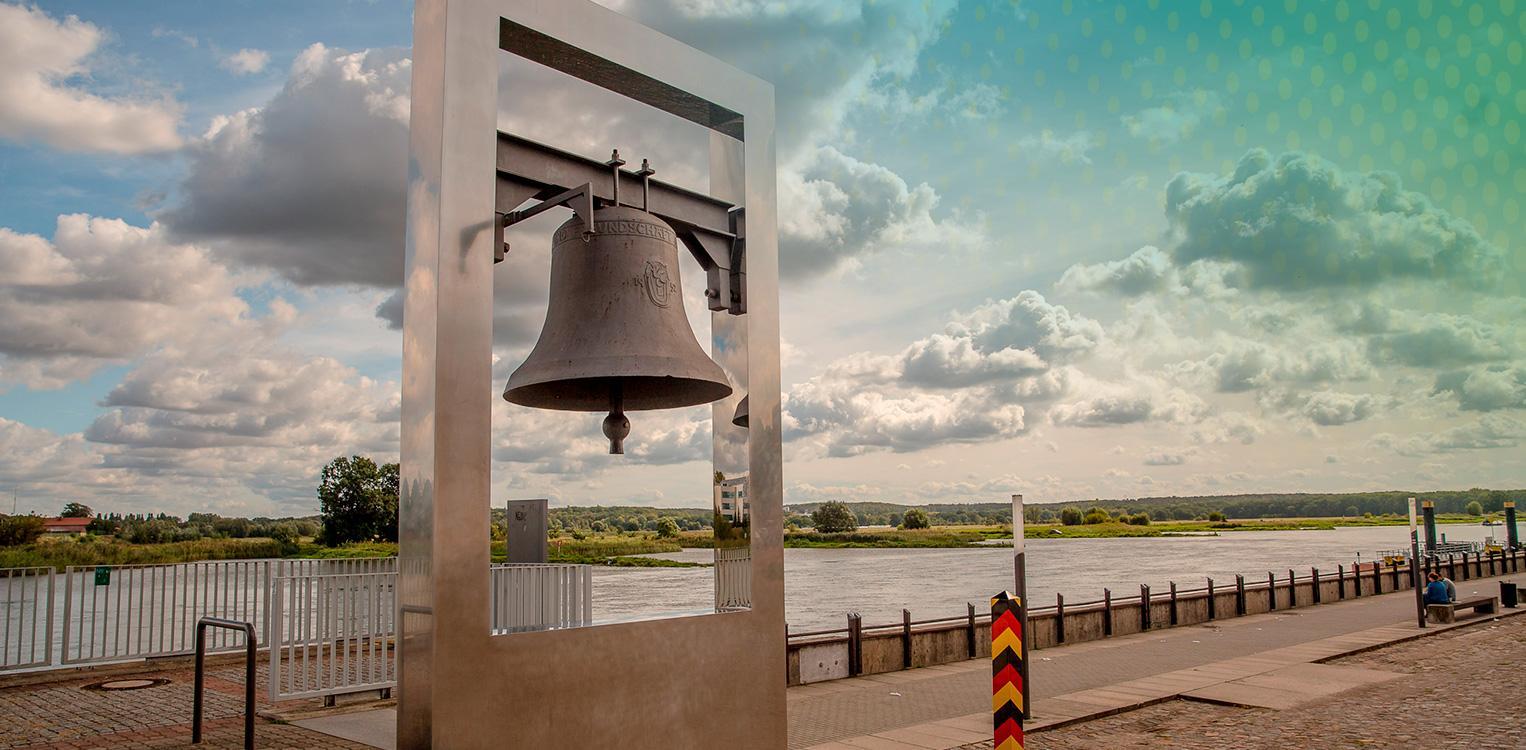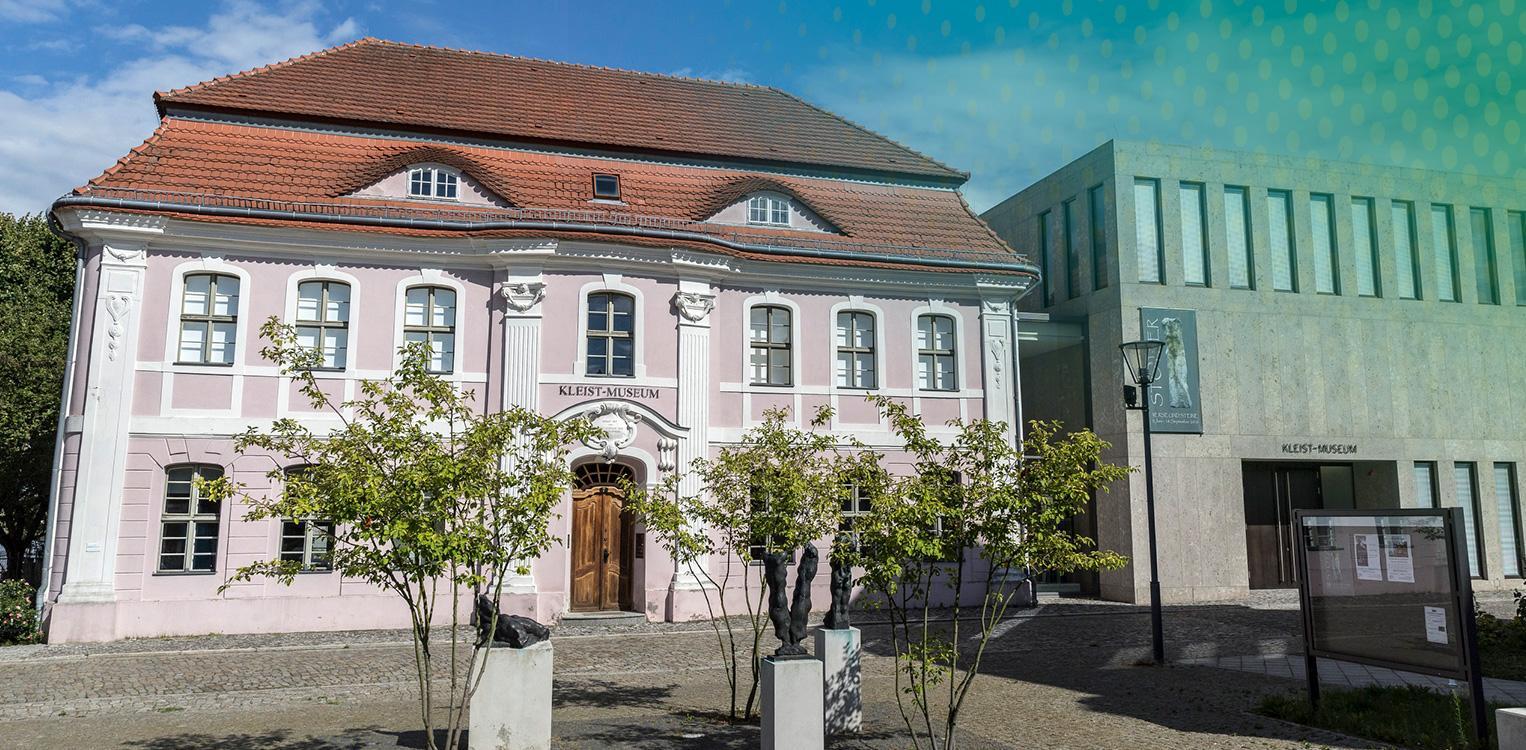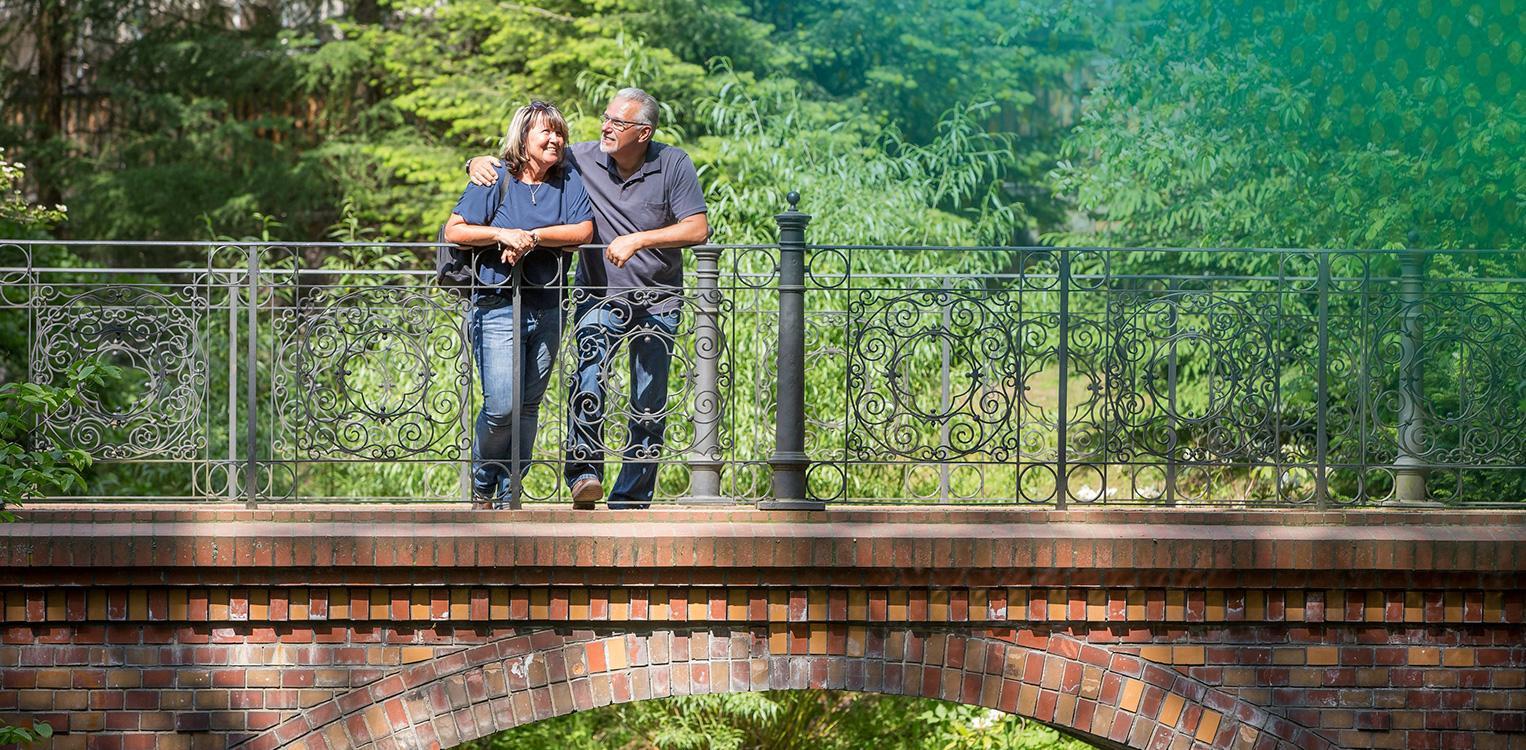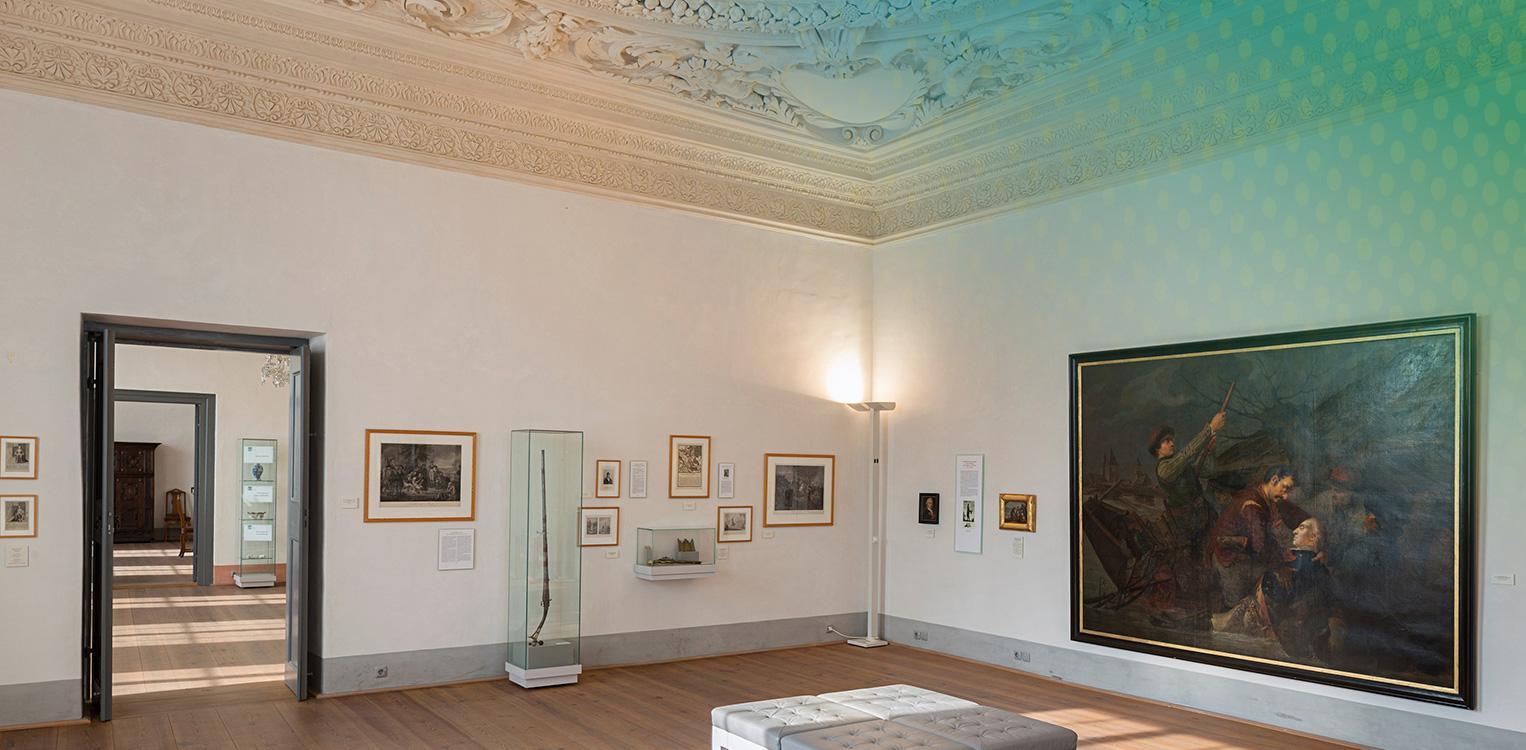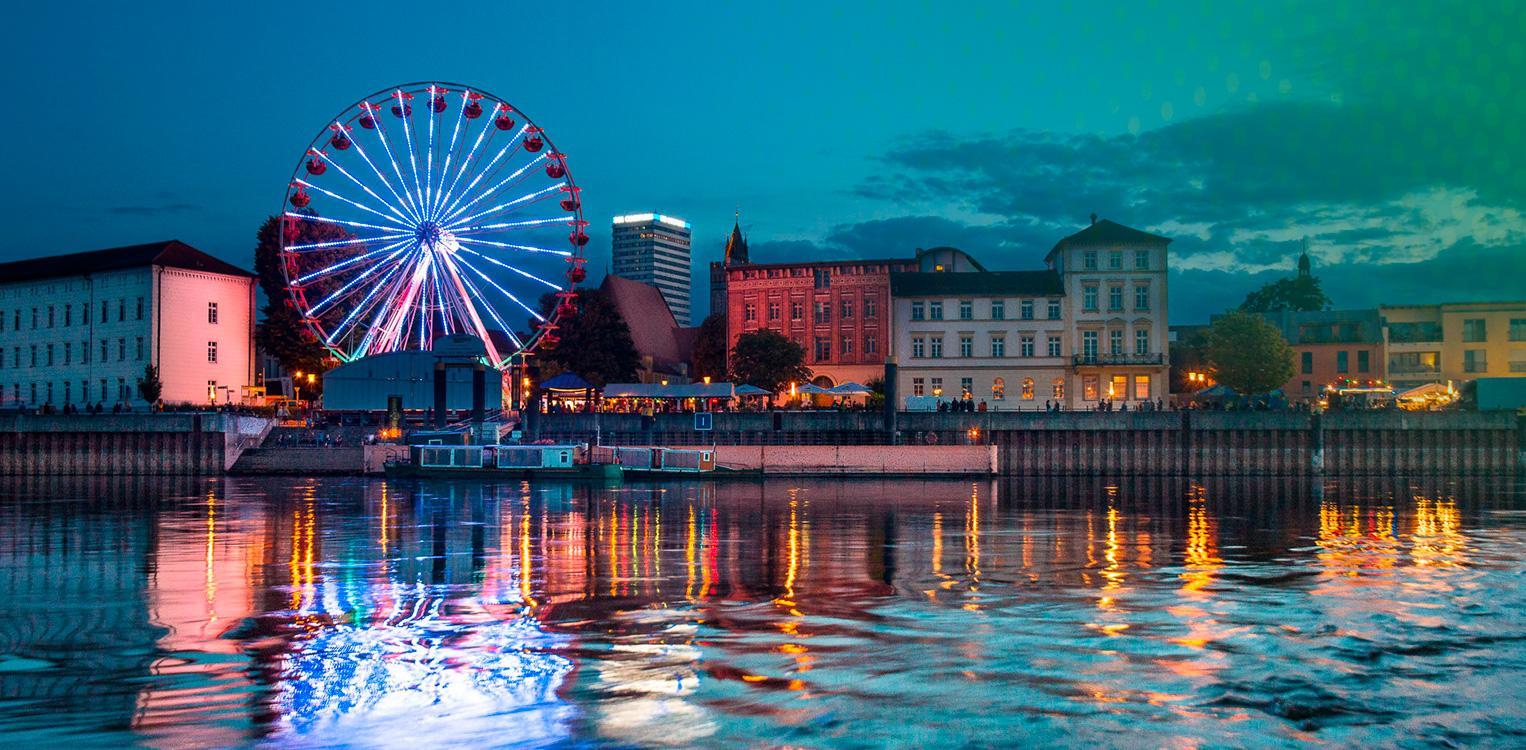Frankfurt (Oder) is the social, cultural and economic upper center in the Oderland-Spree region. Together with its Polish neighboring city Słubice, Frankfurt (Oder) as a European twin city and thanks to its economic and research institutions is an international place to work and live, a city of encounters, exchange and communication. The good connection to Berlin via road (A12) and rail (RE1) and its geographical function as a bridge between Central and Eastern Europe make Frankfurt (Oder) an important part of the German capital region.
Earthly and lively
The modern city bridge over the Oder embodies the close cooperation and shared vision of the twin city. In the middle of Europe, a cosmopolitan and vibrant European urban space is being created here, offering lively flair, art, culture, sports, lush greenery and a long urban history.
The origins of the city date back to the 13th century. In 1226 the first merchants settled, in 1253 the town charter was granted and the construction of the town hall in the style of North German Brick Gothic began. In addition to the town hall, St. Mary's Church, the Carl Philipp Emanuel Bach Concert Hall and the Peace Church are also part of the European Route of Brick Gothic.
My family and I, we feel very comfortable here on the Oder River, where Germany and Poland meet. Frankfurt is a really livable city with short distances, nice people and I think also with very, very much potential for the future. Frankfurt (Oder) and Slubice are two fascinating cities in the heart of Europe, with an exciting history.
TIM SEBASTIAN MÜLLER | Director of the Viadrina Museum (Source: Stadtmarketing Frankfurt (Oder)
Economy on track for success
Frankfurt (Oder) is a city in transition that has been impressing for years with its economic development in international location competition. The London-based financial journal fDi Magazine (FT Group) ranks Frankfurt (Oder) together with Eisenhüttenstadt among the top 25 "European Cities and Regions of the Future." The entire German-Polish economic region of Frankfurt and Słubice is characterized, among other things, by its international orientation, excellent transport connections, modern infrastructure, well-trained specialists and managers, and an attractive funding landscape.
Among the top 50 labor markets nationwide
In the Prognos Future Atlas 2022, Frankfurt (Oder) is ranked 62nd nationwide in terms of job density. The city is also attractive as a training location. With only 3.6 percent of unfilled apprenticeship positions, the city even achieves an excellent 16th place here in a comparison of all rural and urban districts in Germany.

City of Frankfurt (Oder)
District-free city and regional centre
Inhabitants 58,010 (as of 31.12.2022)
Area 147.85 km²
Oderturm | Logenstraße 8
15230 Frankfurt (Oder)
www.frankfurt-oder.de
www.frankfurt-slubice.eu
www.stadt-der-brueckenbauer.de

